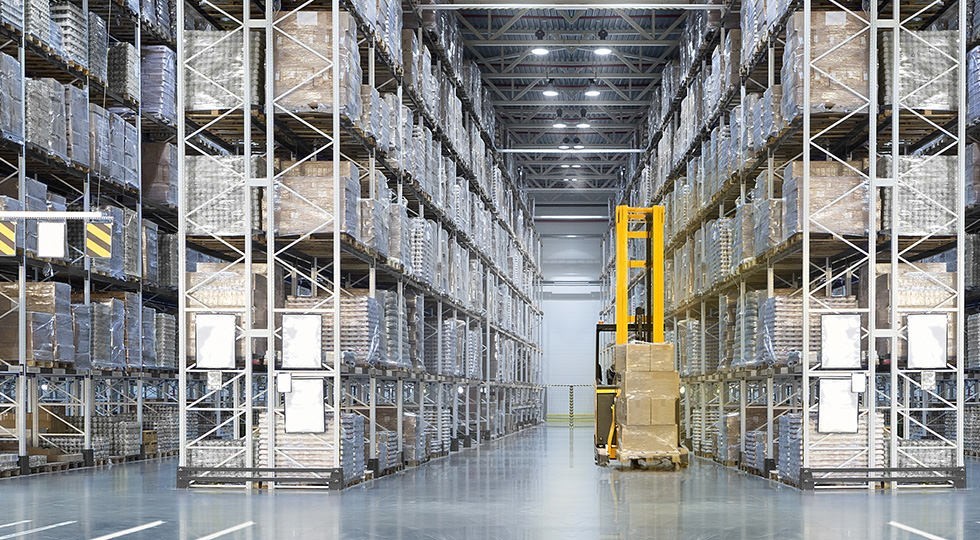Getting a warehouse organised – whether you’re starting from scratch or from a position of extreme disorganisation – can be an intimidating undertaking. It’s more than worth the effort, however, because the better organised you are, the faster you’ll be able to process your customers’ orders and the better fulfilment rate you’ll be able to achieve.
But organising a warehouse isn’t something to be rushed into, because if you get it wrong, the accumulated loss of time and money will have a severe impact on your business.
Obviously, you won’t get everything right from the outset – and the right way of doing things will change over time – but here are several things you must take into account to get most of it right first time.
Organising a warehouse: getting started
1. Create a floor plan
A practical floor plan will ensure that you’re making the best use of the space at your disposal – not only for how you're storing your stock but also for things like how you move stock around the warehouse, where key departments like your goods in, packing and despatch areas are situated, where you need forklift access and so on.
Plan how the different kinds of shelving and other storage solutions would be best arranged:
From small shelving for small products with low turnover in narrow aisles that are best accessed by foot only, to pallet racking for bigger sellers and bigger products, complete with high shelving for rapid stock replenishment and easy access for forklift trucks.
And it’s not just where you’re going to store the products you’re selling that you have to consider – you also need to find space for other items and decide where they would be most convenient. Consider things like:
- Packaging materials
- Recyclable waste
- Returns
2. Decide how best to use your shelving and storage
Once you’ve got your warehouse floor plan laid out, you want to find the best way of storing all your products most effectively. Getting that right will mean faster shelf replenishment, faster picking and faster despatch.
These are some of the things that you might want to consider:
- Keeping your biggest-selling lines in the most accessible locations, ideally as close to goods in and/or despatch as possible so that you spend less time moving them around
- And conversely, locating your slower-selling lines in the less accessible parts of your warehouse, such as on higher shelving and in the dim and distant corners furthest from goods in and/or despatch
- Grouping like items together that will most likely be sold together, so that they can be more quickly picked together
3. Create clear and accurate labelling and signage
There’s no point creating a well laid out warehouse with stock located in the most time-efficient zones if no one can find any of it. Signage needs to be clear and logical on aisles, shelves, buckets – wherever you’re storing things that people need to find.
Just as important as signage that marks out where your products are, is signage that tells your staff where they shouldn’t be or where they need to take extra care. As health and safety is one of the most important matters that any warehouse organisation plan needs to take into account, you should never assume that everyone in your warehouse knows their way around.
4. Carry out regular reviews
The warehouse organisation that works best today may not necessarily work best tomorrow. As you start to stock new products and others come into or go out of fashion, as you discover new and better ways of working, and as new technology changes what is and isn’t possible, how you organise your warehouse needs to adapt.
So carry out regular audits and reviews to make sure that what you’re doing is still your best option. And don’t forget to take the views of your staff into account – after all, they’re the ones doing the job on a day-to-day basis and will likely have some useful insights.
5. Find a supplier that can support your needs
Here at Morplan, we’ve got over 175 years of experience in the trade, so we understand how to organise a warehouse most effectively. It’s the sort of knowledge you need when you’re the leading one-stop shop for retail and fashion industry supplies in the UK.
To find out more about the benefits of sourcing everything you need to run a successful retail business from Morplan, get in touch with us today, or visit our warehoue category.
 EN
EN


